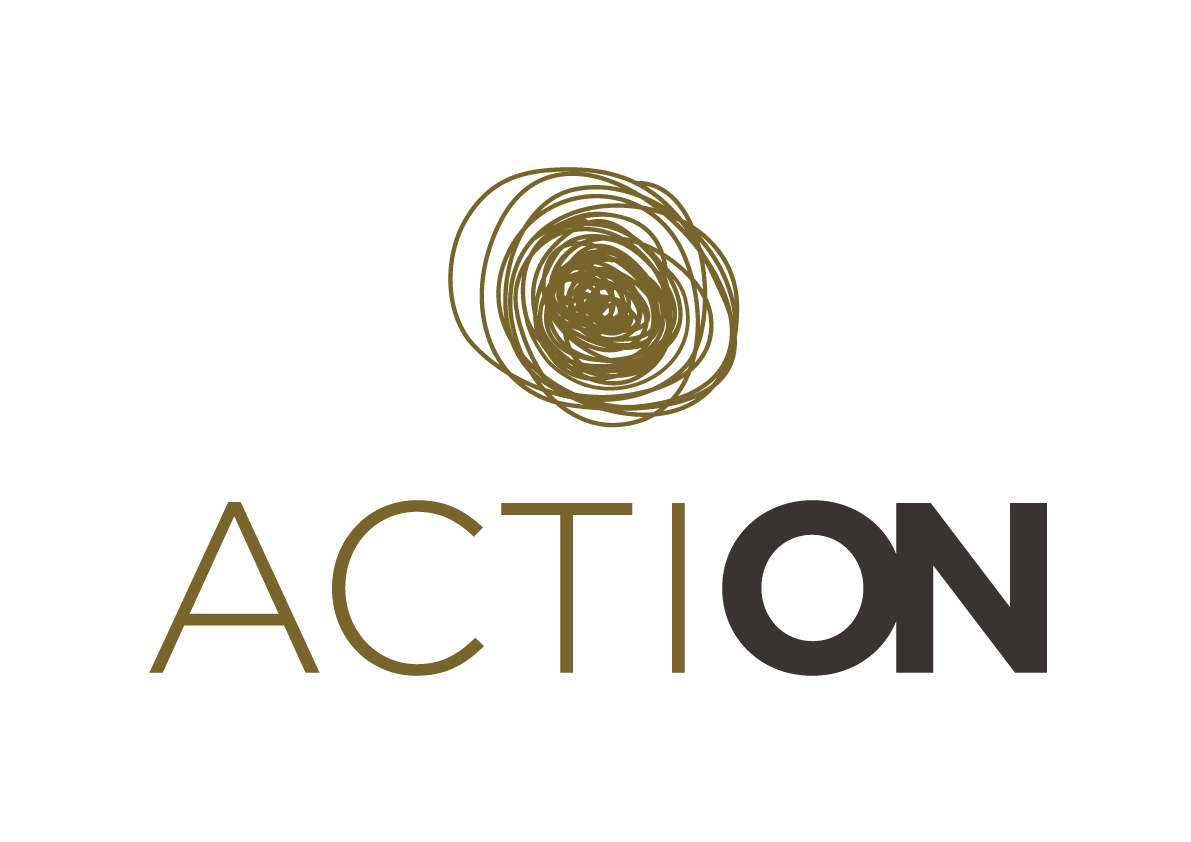On average, citizen science projects are not very diverse in terms of demographics. The main domains in which the demographics of the participants are skewed are age, educational background, gender, race, cultural background, and (dis)ability – the “average” participant of a citizen science project being older, highly educated, male or female depending on the project, white, from Europe or Northern America, and able-bodied.
One way to increase diversity and participation in general is to improve accessibility of the project. This can be accessibility in terms of location, language, finances, technology, and the level of knowledge required. In other words, reducing barriers in these areas can lead to more people participating.
Other means to increase diversity is to align the activities in the project with community goals, to engage the community at every step of the project, and to incorporate multiple kinds of knowledge. This does not only lead to increasing diversity of participants, but also to increasing the number of participants in general.

